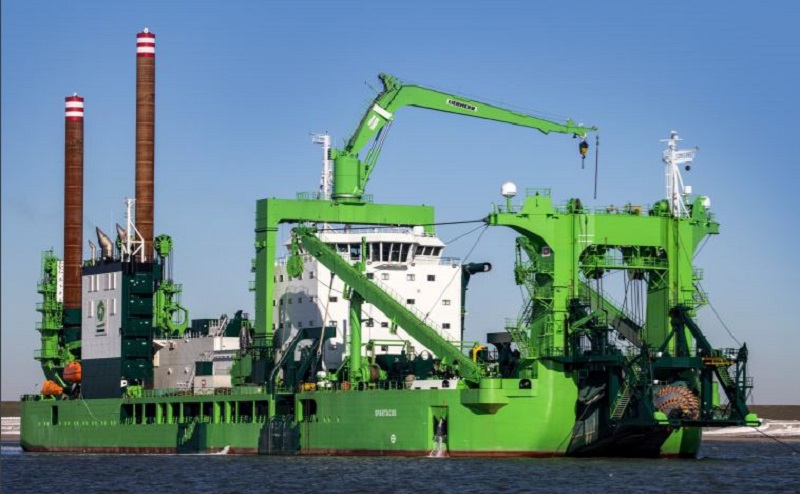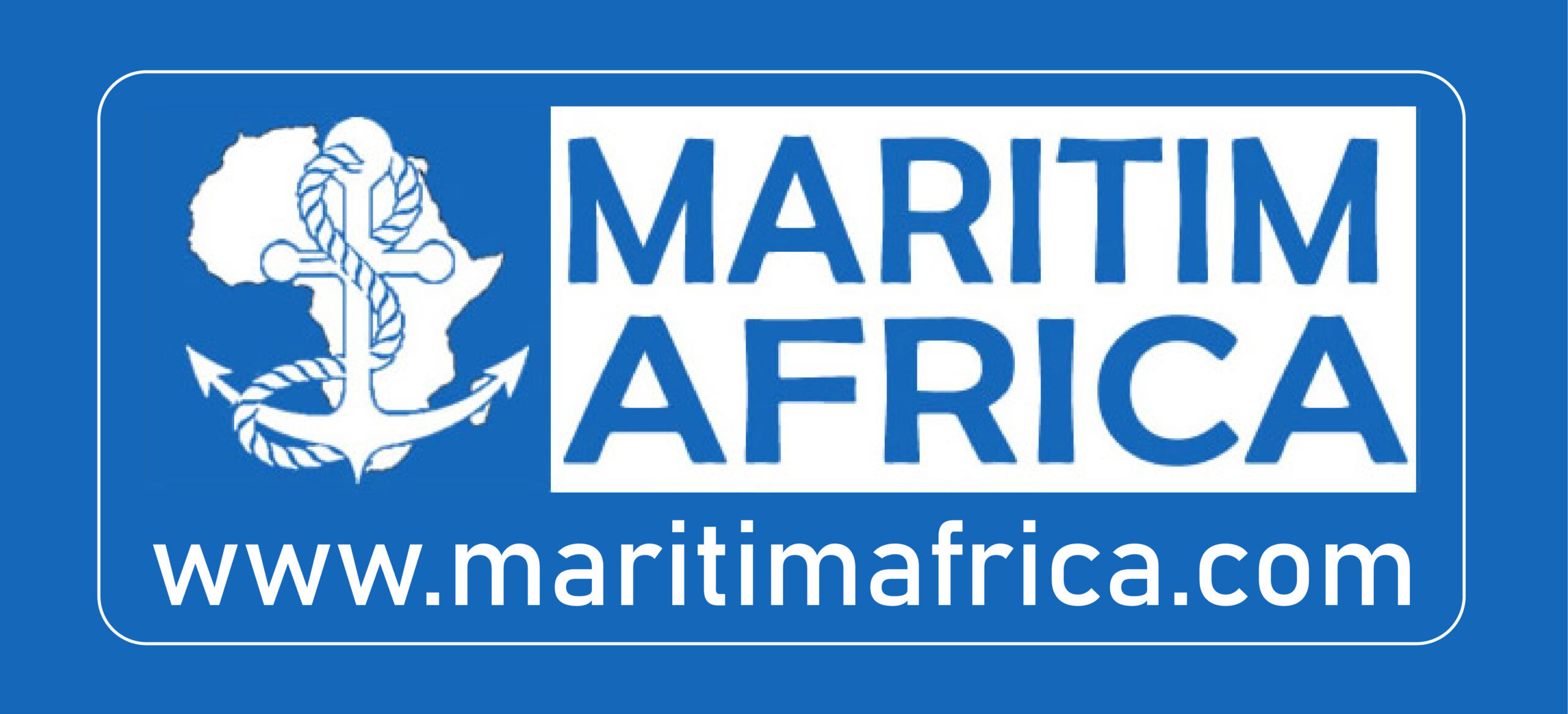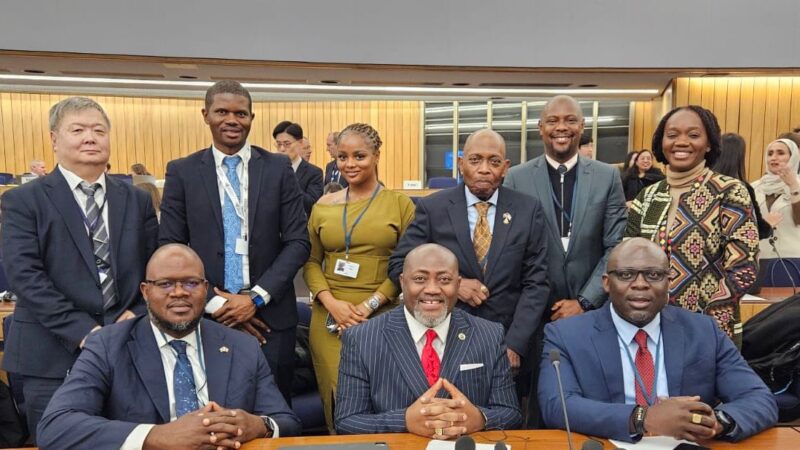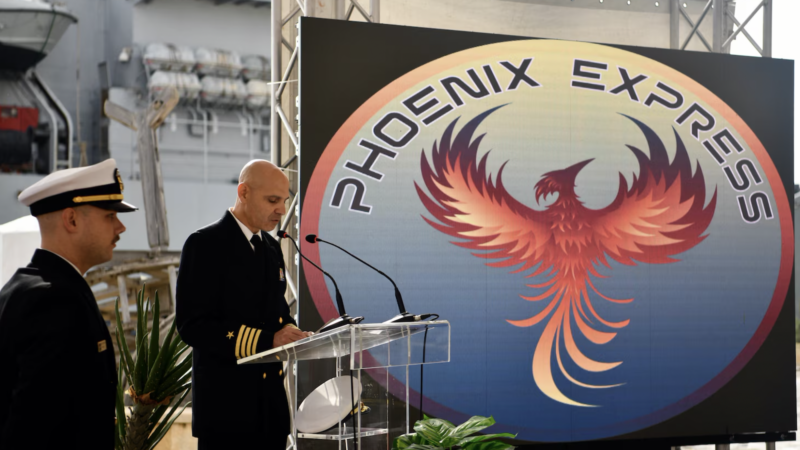World’s largest CSD delivers, deploys to Egypt

It is the largest, and one of the most technologically advanced dredgers in the world, and now Spartacus has been handed over to DEME from builder Royal IHC. At time of writing, Spartacus is passing Portugal on its way to its first job at the port of Abu Qir, in Egypt. Here, Hutchison Port Holdings is establishing a new 2m TEU container terminal in Egypt, including a 60 hectare container yard and 1,200m of quay.
Spartacus will be used to dredge the port’s access channel and turning basin to 23m and 22m respectively, generating some 150 million m3 of rock and sediment, which will be used to reclaim 1,000 hectares of land near the port.
The vessel is able to dredge to a depth of 45m, thanks to a leviathan 2,500 tonne cutter ladder with 12MW of power on the cutter head, and the largest gearbox ever built for such an application. It carries 14 cutter heads, which range from sand to hard rock.
Spartacus’ total installed power of 44MW is delivered via four nine-cylinder Wärtsilä 46DF and two eight-cylinder Wärtsilä 20DF engines, which can run on LNG, Low Sulphur Heavy Fuel Oil, or Marine Diesel Oil.
The vessel also features a Wärtsilä LNGPac gas storage system, and its ability to operate on LNG leaves open the possibility of switching to run on bio- or syngas at a later date. The vessel’s engines also attain extremely high efficiencies, thanks to a waste-heat recovery system, which can be used to provide heat for the vessel’s hotel load, or to generate additional power using a dedicated steam turbine. In hotter climes, cold recovery from the vessel’s LNG system can be used to provide air conditioning.
Meanwhile, despite the CSD’s prodigious size and complexity, it can operate with as few as one on the bridge thanks to a high level of automation. “A CSD like the Spartacus with its unparalleled power, ability to operate at such depths and all of its innovations, is likely to create its own special projects, Abu Qir being the first,” Hans Huigen, IHC spokesperson told CEDA Industry News, adding that the Middle East “…is an important market for Royal IHC, especially for our CSD’s. Of course, the CSD Hussein Tantawy has been handed over to the SCA and hence will be active on projects with a strong link to the SUEZ Canal.
“LNG is an important step up in terms of sustainability. Other options under consideration at Royal IHC as future key fuels for increased sustainability to integrate in its future work vessels are methanol, hydrogen, ammonia and liquefied bio/synthetic gas (LBG/LSG).”
Luc Vandenbulcke, CEO of DEME Group said, “Spartacus’ was designed with three main priorities at its core: pushing the boundaries of dredging potential, unprecedented autonomy and minimising the impact on the environment.”
Source : CEDA




